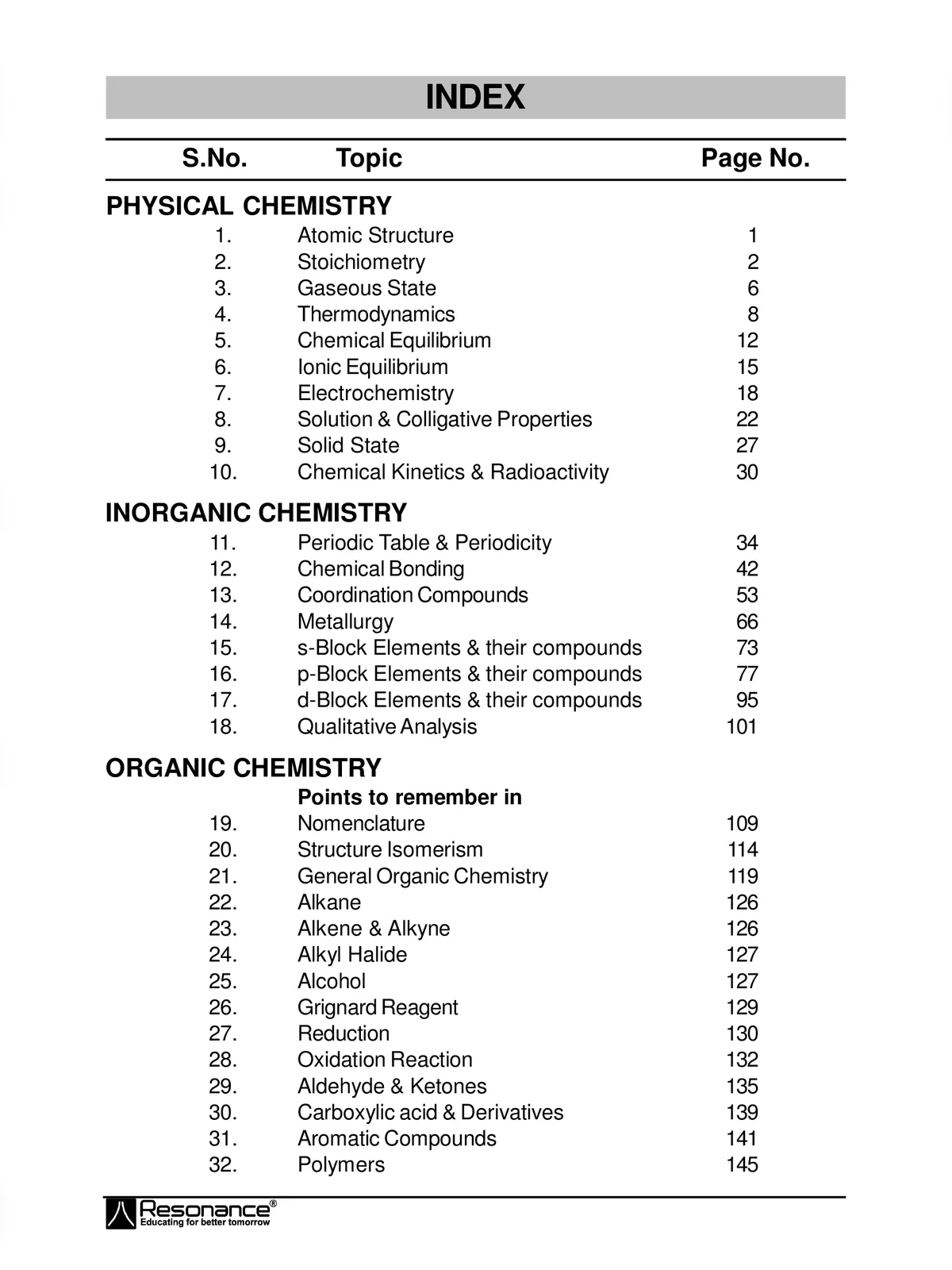KCET Chemistry Formulas - Summary
The KCET Chemistry Formulas are crucial for students getting ready for the KCET entrance exam, a pathway for eligible candidates to secure a place in various undergraduate programs in Karnataka. This exam, commonly referred to as Karnataka CET, Kar CET, KEA UGCET, or K-CET, covers essential professional courses such as B.Tech, B.E, B. Pharm, B.Arch, and BSc. Understanding these formulas is key to performing well in your KCET preparation.
Eligibility and Exam Overview
To appear for the KCET exam, candidates must have completed their 2nd PUC/12th Standard or an equivalent examination with at least 45% marks in Physics and Mathematics, along with Chemistry/Biology/Biotechnology/Electronics/Computer (40% for reserved categories). The KCET examination includes four subjects: Physics, Chemistry, Mathematics, and Biology. The syllabus for 2023 follows the higher secondary curriculum, and each subject is given an exam duration of 80 minutes, consisting of 60 questions.
KCET Chemistry Formulas
- Matter: Substance that has mass and occupies space, e.g., water, air, box, table, etc.
- State of Matter: Matter exists in three states: solid, liquid, and gas. The plasma state, or the fourth state, occurs at very high temperatures with gaseous ions and free electrons.
- Homogeneous: These have a uniform composition throughout, e.g., elements and compounds. Mixtures can also be homogeneous.
- Heterogeneous: These do not have a uniform composition, e.g., a mixture of iron filings and sulfur powder.
- Element: A substance that cannot be broken down further by chemical means. Elements can be metals, non-metals, or metalloids, e.g., F, Al, Ni, Au, Ag are metals; C, S, N2, I2 are non-metals; and B, Si, As, Sb are metalloids.
- Compound: A pure substance made from two or more elements in a fixed ratio, e.g., NaCl, FeS, CuSO4, H2O. These components cannot be separated by physical means.
- Organic Compounds: Compounds mainly containing carbon along with elements like H, N, S, halogens, phosphorus, and oxygen, e.g., sugar, urea, glucose.
- Inorganic Compounds: Made from two or more elements from minerals and ores, e.g., NaCl, KCl, CaCO3.
- Mixture: A combination of two or more elements or compounds in varying ratios that can be separated using physical methods. It can be homogeneous (e.g., salt in water) or heterogeneous (e.g., dust particles in air). Homogeneous mixtures are also known as solutions.
- Separation of Mixtures: Mixtures are separated based on the properties of their components, which differ from each other.
- Filtration: Used to separate insoluble components from a soluble one, where the soluble part passes into the filtrate, and the insoluble residue remains on filter paper. The soluble part can be obtained by evaporation.
- Simple Distillation: This method is used to separate miscible liquids that differ significantly in boiling points, e.g., benzene and toluene.
- Fractional Distillation: Utilised for separating miscible liquids with small differences in their boiling points.
- Molecules: The smallest identifiable units of matter, which can be made up of two or more atoms, either of the same or different elements, combined in a definite ratio.
- Atomicity: Refers to the number of atoms present in a molecule.
- Monoatomic: Composed of a single atom, e.g., He, Ne, Ar, Kr, Xe, Na, K.
- Diatomic: Consists of two atoms, e.g., H2, Br2, Cl2, F2, I2, N2, O2, HCl, HBr.
- Triatomic: Comprises three atoms, e.g., O3, H2O, SO2, CO2.
- Tetra-atomic: Contains four atoms, e.g., P4, SO3, NH3.
- Penta-atomic: Composed of five atoms, e.g., CH4, CCl4, SiCl4.
- Hexa-atomic: Contains six atoms, e.g., C2H4, H2SO3.
- Hepta-atomic: Contains seven atoms, e.g., H2SO4.
- Octa-atomic: Comprising eight atoms, e.g., S8 is an example of an octa-atomic molecule.
You can easily download the KCET Chemistry Formulas PDF using the link given below. Make sure to grab your copy!
